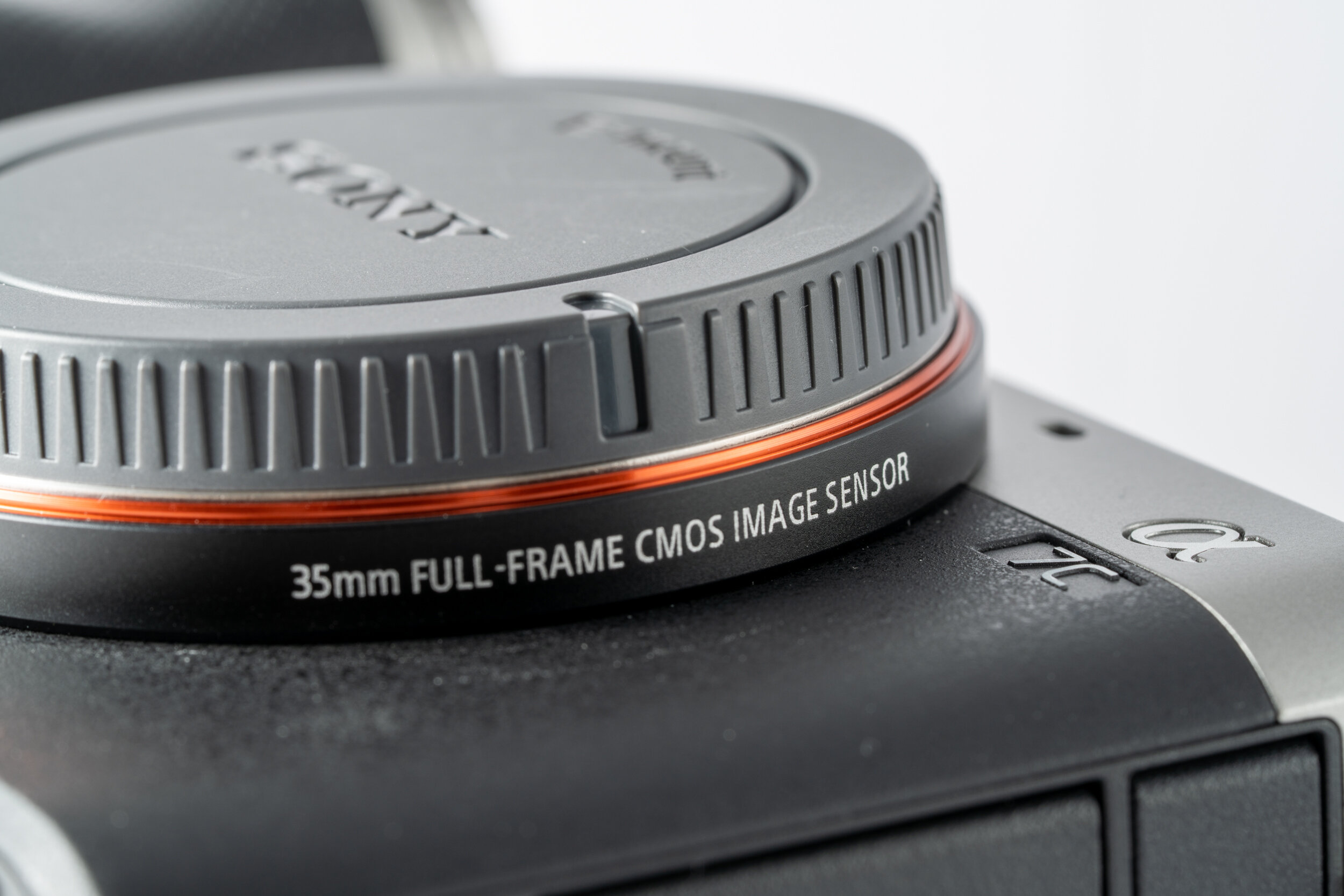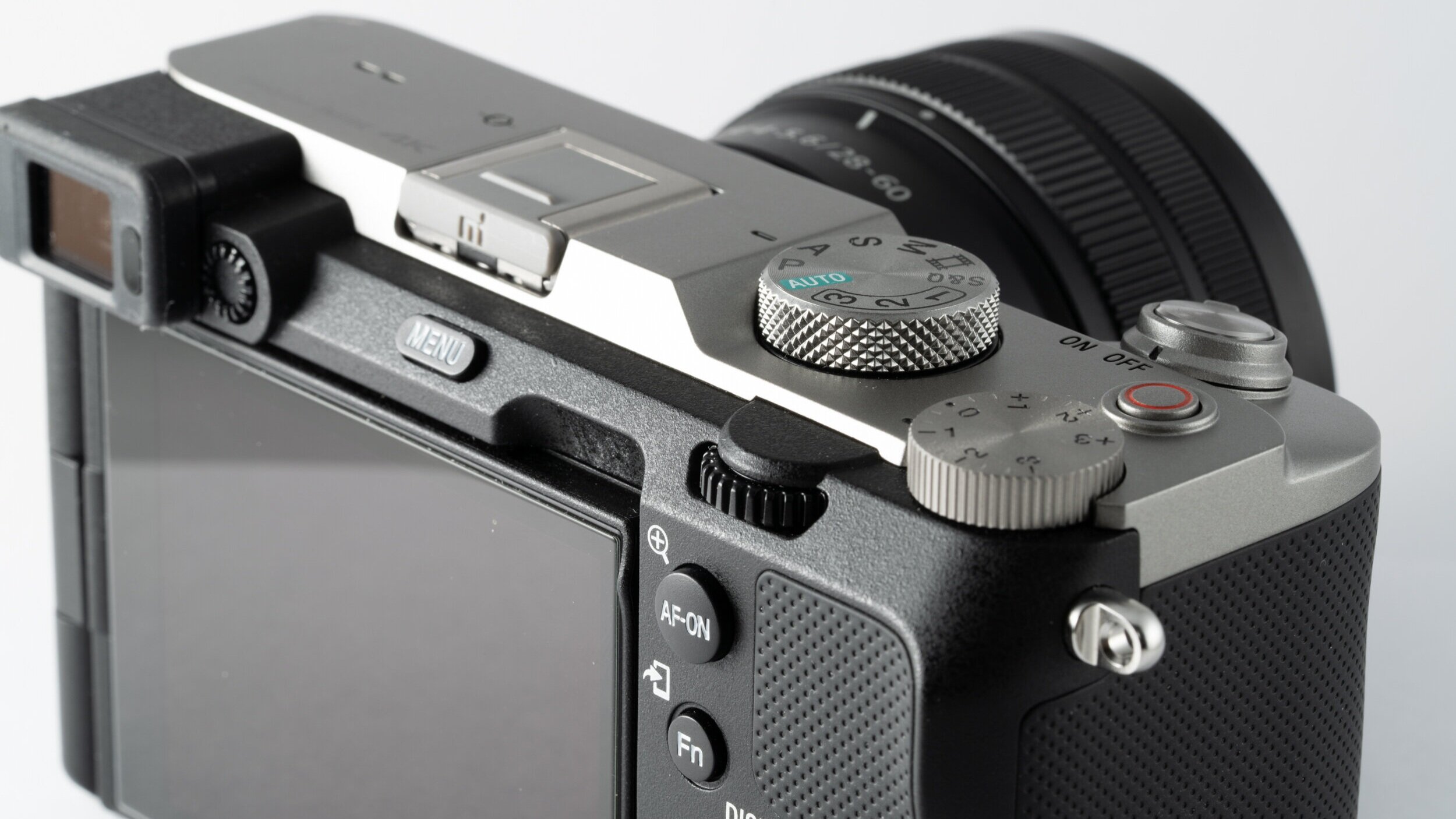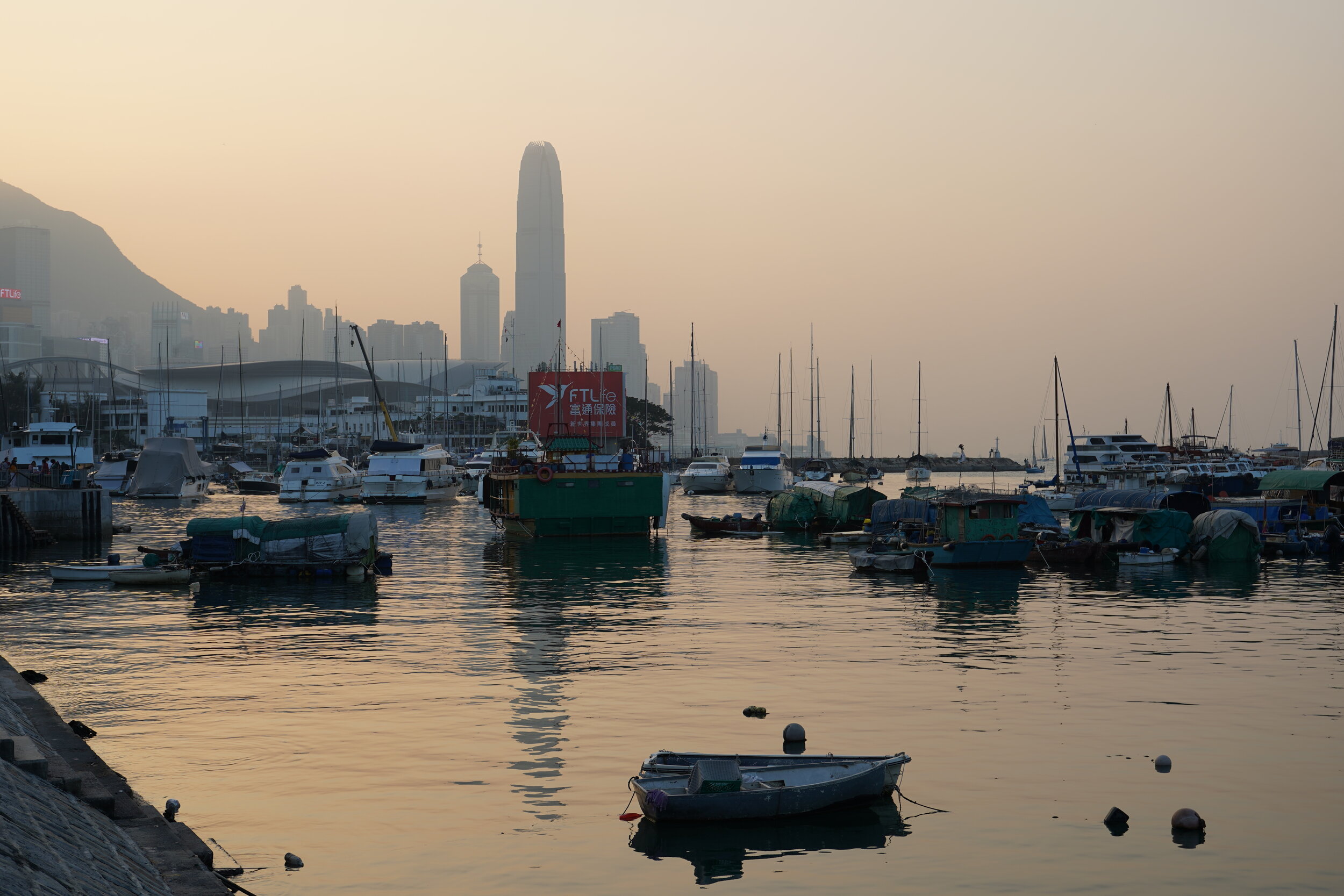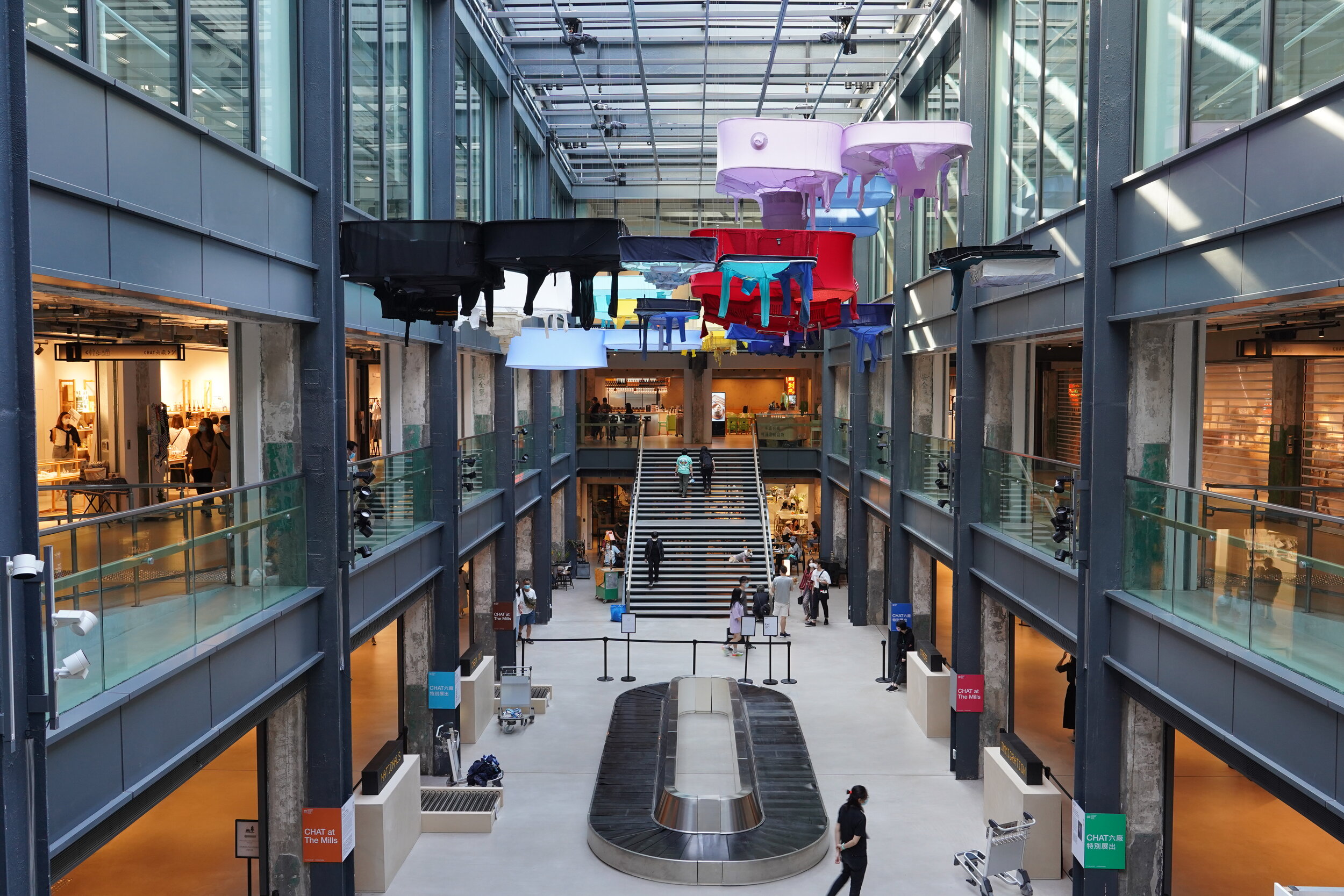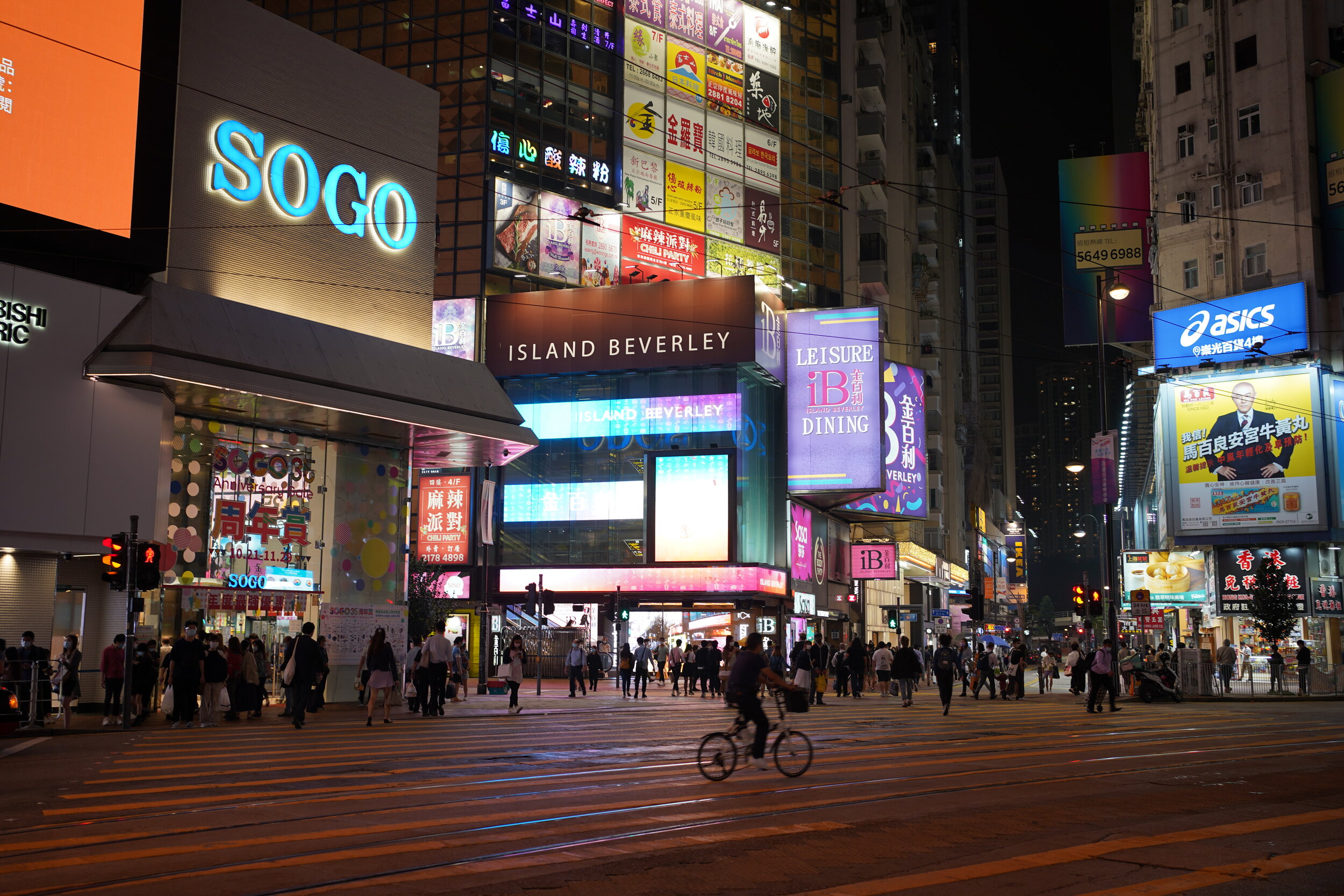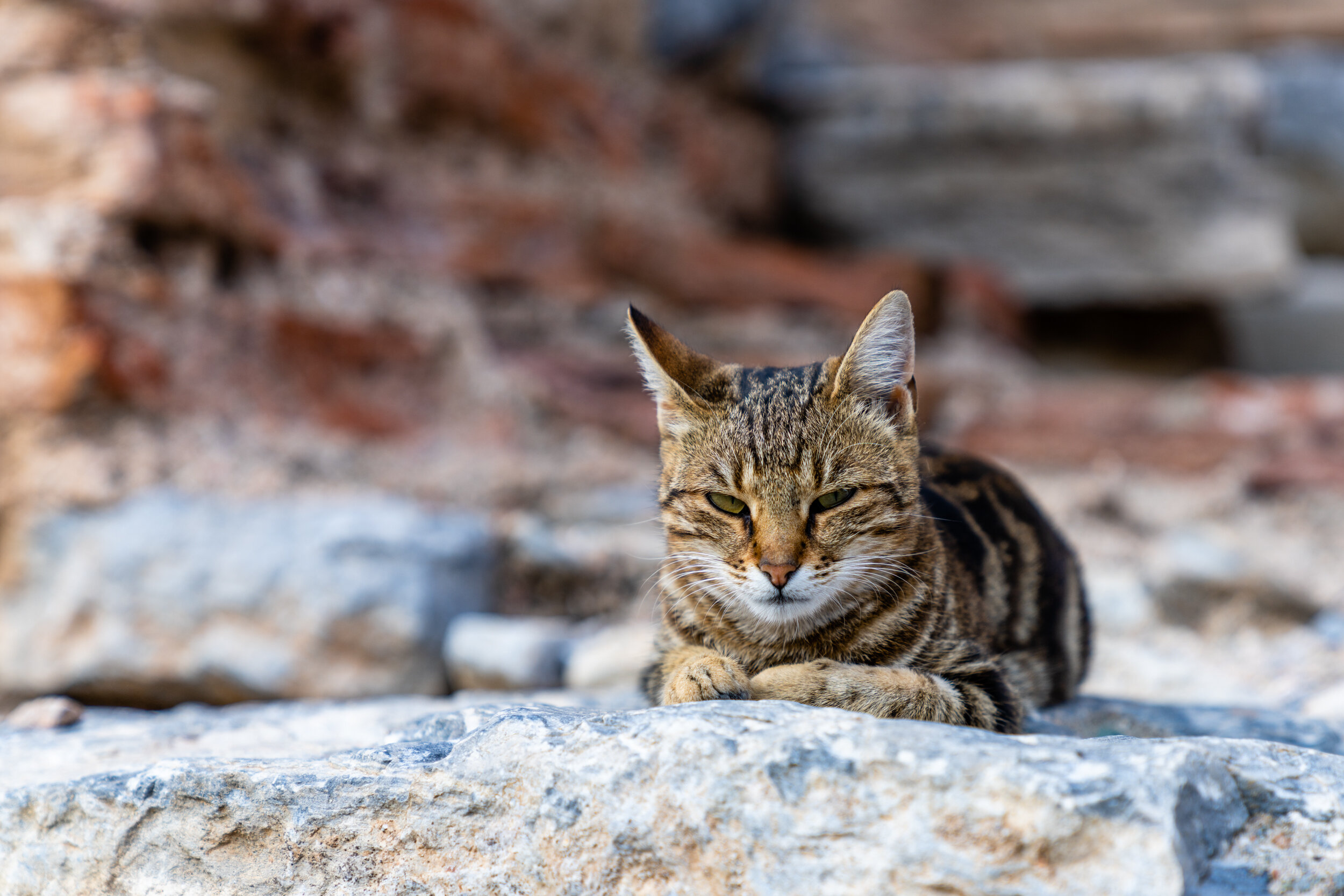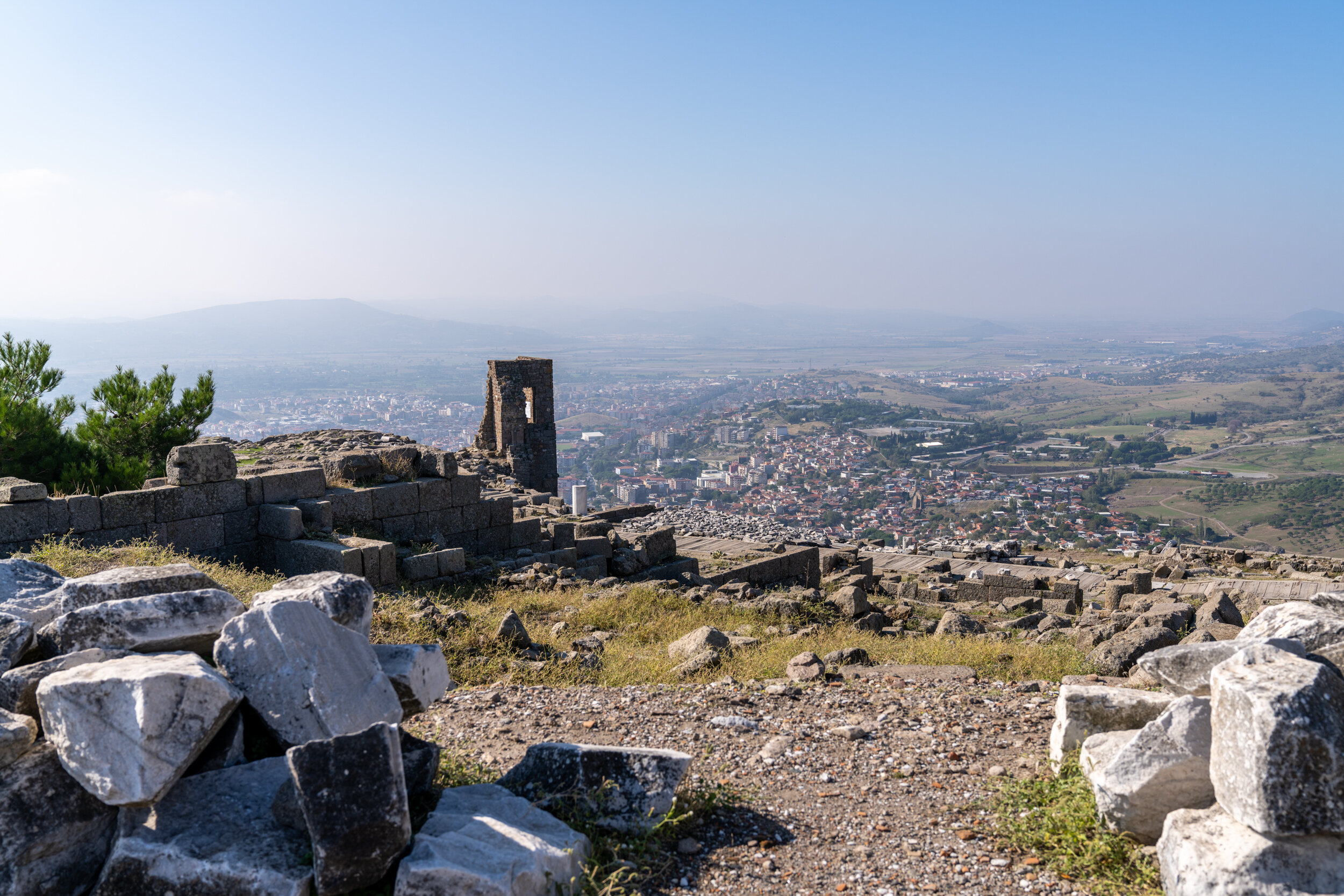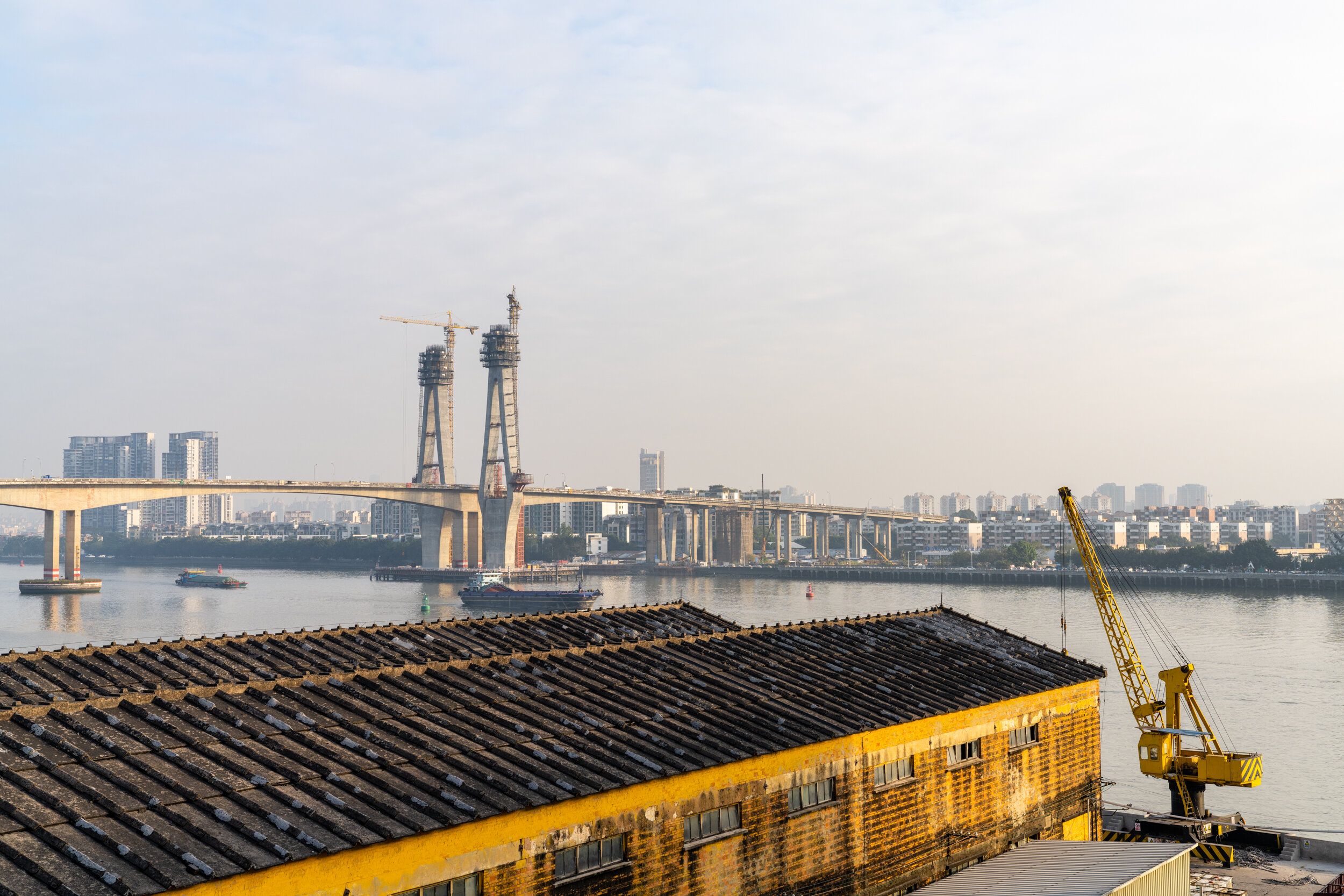Sony A7C Review
Smallest Full Frame Camera with EVF and IBIS
Sony A7C (ILCE-7C)
Announced - Sept 2020
Pro
Compact and light
Full Frame sensor with IBIS
Selfie Screen
Good Autofocus with Real Time tracking
Con
Limited control points
Small EVF with no eye cup
I have pre-ordered the A7C and received it the first day it was released here in Hong Kong. The reason for buying it is that I wanted a small body that is compatible for my existing lens. I ordered the silver body kit with the new SEL2860, which was reviewed here.
What’s in the box
Beside the body and cap, there is manual, battery, charger, power cords (EU, UK, US plugs all included), USB-C cable, and neck strap.
Body
The A7C body is really similar to Sony’s APS-C A6000 series camera. It reminds me of the A6500 that I used to have, but slightly beefed up. A7C is 124mm x 71.1mm x 59.7mm, and only weights 509g. It is the lightest full frame ILC with IBIS available. Surprisingly it is dust and moisture resistance even with this compact size.
The EVF hump is gone and is just a flat top, so the A7C has a range finder style design. It has a similar layout as the other Sony A6000 series camera. There is the Power switch/Shutter button, EV dial, Mode dial, and a record button. There is no lock toggle on the dials, unlike the A7R4. The record button is not very satisfying to press in use.
At the back, still a familiar layout as the A6000 series body. There is no joy stick for moving autofocusing point, which is a big difference compared to other A7 bodies. EVF is at the top left corner. It is 1 cm XGA OLED with 2.36M dots and 0.59x magnification. It is smaller than what is on the other A7 bodies. Sony has put a fully articulating screen on this body, and this is the 2nd body after the A7S3 that has it. There is a welcoming changes since a lot of people have been asking for it. However, A7C is still using the old and familiar Sony menu, unlike the new more user friendly one on A7S3. This is a plus or minus, depending personal preference.
On the left side, the ports are covered by 3 flaps. There is the 3.5mm mic in on top. Middle is the single UHS-II SD card slot. Bottom is the 3.5mm headphone out, USB type C that for data transfer and charging, and a micro HDMI.
The right side is just a grip since everything has been moved to the left. The grip is also much shallower than A7 series, more like the A6400/6100 series grip.
In the grip, it still houses the same NP-FZ100 battery used in the A7 series that provides impressive battery life. This probably explains why there is no control dial at the top of the grip like other A7 body, since there is not much space left after stuffing this battery in.
Image Quality
A7C has the 24.2MP 35mm Full Frame BSI EXMOR R CMOS sensor with BIONZ X image processor. This is the same sensor used in the popular A7 III, and there is 5 stop In-body image stabilization on the sensor. In terms of image quality, this is pretty much the standard for the current non high MP full frame cameras. A7C file size is more manageable than the A7R4 with JPG is below 7MB and RAW (uncompressed) below 50MB, while A7R4 would have been JPG below 16MB and RAW (uncompressed) at about 120MB.Unlike the A7 III, A7C has the real time tracking in AFC, with Face and Eye AF. Autofocus is easy to use, sticks to the target, and accurate.
There is no major breakthrough on video side, still at 8 bit 4k30p. However, it has Gyroscopic metadata so you can use Catalyst browse to do post stabilization. It also has the Multi interface hot shoes, so will work with the ECM-B1M hot shoes shotgun mic in digital mode.
Shooting Experience
I have used the A7C for a couple of weeks. The first thing I noticed was the small size and light weight. The difference of 150g seemed small on paper, but quite significant in use. The 28-60mm kit lens pairs well with the body, and A7C with the kit lens weights about the same as A7RIV body. I enjoy carrying the A7C walking around the street or hiking. The fully articulating screen is useful for selfie or shooting at low angle.
There are a few obvious sacrifices made to keep the body compact. The lack of front dial took some time to get used to. It is also missing the joystick to move AF point. I mostly use AFC real time tracking with center focus area and just focus then recompose. This doesn’t cause a lot of problem with me, but will be annoying for some people. EVF is worst than A7RIV, but is good enough for framing. However, the lack of eyecup means that light would leak around the view finder when shooting against bright light. Single SD card slot is not a major problem to me as a casual shooter, but I understand a lot of professional would be concerned about this.
The kit lens FE2860 is great for this compact body, and definitely worth getting the kit version of A7C. Other options that I enjoyed are the f/1.8 primes. The Tamron Zoom lens, particularly the 28-200 would be nice lens to go with this body as well.
Conclusion
The A7C is a nice and attractive compact body with a full frame sensor and IBIS. There are now a lot of other mirrorless full frame camera options, but most of them are still following the DSLR style body. I am happy to see Sony trying something new for full frame market. There are definitely some trade-offs for this compact body. It is not as comfortable to hold, not as easy to control, has a lower quality viewfinder than the rest of the A7 line up, and not really suitable to use with big lens.
Whether or not the A7C is the right body is highly dependent on personal requirements. It is amazing if small size, light weight, great autofocus, and a large number of lens options is the priority. This is also a good option for existing Sony user as 2nd body. However, this is not the body to go for if you need a camera to do everything from casual shooting on the street to shooting professionally or BIF. A regular A7 series body is more suitable for that.
It will be interesting if the A7C line can become a high end premium compact body for Sony, similar to a ILC version of RX1 line. I wish the second generation of this body will have better grip, front control dial, better EVF, and make it even lighter with exotic materials (titanium or carbon fiber?) being used.
Sample Gallery (Unedited, SOOC JPG - Mostly shot with 28-60 kit lens)
Sony A7RIV Review
Sony A7R4 (ILCE-7RM4)
Announced - Jul 2019
Pro
Real time tracking
New body design
61.0 MP sensor, Great IQ
New EVF
Con
No major improvement in video
Big file
No USB C to SSD function
I was very excited when the A7R4 was announced in July. I have always enjoyed my A7R3, but was curious on the real time autofocus system on the A6400 and A9. I immediately jumped on the preorder and got one from Sony Hong Kong at launch.
What’s in the box
Beside the body and cap, there is manual, battery, charger, power cords (EU, UK, US plugs all included), USB-C cable, neck strap, and plastic cable clamp.
Body
The A7R4 follows the same design as the previous generation A7R3. Dimension and weight are about the same as previous generation at 128.9 mm x96.4 mm x 77.5 mm, and 665 g.
On the top, one of the changes is there is not a toggle lock on the EV dial. It is a nice change to prevent accidentally changing the EV when taking the camera out of the bag. Buttons are generally bigger and more spongy to press compared to the R3.
Starting from the back, there are some small changes on the controls. The new AF ON button is bigger, the back control dial moved from body to the top, and the joystick also increased in size as well. There is also a new 5.76m dot with 0.78x magnification 120 fps OLED EVF, which has higher resolution than the R3. It is nice, sharp, and bright. I haven’t noticed any lag on the EVF.
There is no significant changes to the menu system from the A7R3. There is still no touch function on the menus. The joystick and D PAD can be used to navigate the menus. In my experience, the menu really isn’t that bad once the camera is set up. FN bar can be configured for still/video separately, and there is a configurable My Menu to store the items. The details can be found on Sony’s online help guide over here. GPS coordinate can be recorded by linking with the Sony Imaging Edge on smart phone. The app works fine with my Android phone. Connection is stable, but just have to remember to launch the app before shooting.
On the Left side, you see the different ports. There is USB-C, Micro USB, Micro HDMI, Mic in, 3.5mm headphone, and PC Sync port. The cover went from flaps on the R3 to doors on the R3, keeping things tidy. The battery can be charged through USB C, so there is really no need to buy an extra battery unless you really need it. I wonder if Sony will keep the Micro USB in the future. The trend seems to use USB-C for more and more functions, such as USBC to headphone on the XT30, or the USBC to SSD on Blackmagic design cinema 4k/Sigma FP.
From the right side, you can see the most dramatic changes. A7R4 has a new bigger and deeper grip. My initial feeling was that the new body is heavier and bulkier than the A7R3, but I come to really like the new grip after using it for months. It helps significantly when using heavy lens, such as 24-70gm, 70-300, giving more confidence when handling the camera.
In the grip, it still houses the same NP-FZ100 battery that provides impressive battery life. The CIPA rating is 530/670 shots. In real usage, I never have to change or even charge battery during the day. It also now has 2 UHS-II slots, instead of 1 UHS-II + 1 UHS-I SD card slots on the A7R3.
Image Quality
A7R4 has the a new 61.0MP 35mm Full Frame BSI EXMOR R CMOS sensor with BIONZ X image processor. The standard ISO range is 100-32000, and expandable to 50-102400. The sensor also features a 567 phase detect and 425 contrast detect AF points. There is In-body image stabilization on the sensor, giving 5.5 stops vs 5 stops on the A7R3. It gives 26.2MP even in crop mode, higher than even the top of the line APS-C Sony A6600.
In terms of image quality, I have no complaint about it. To be honest, it was not like the 42MP A7R3 was desperate for a resolution increase. No significant issue with metering/white balance, and there is plenty of dynamic range when editing raw files as well. Each photo is about 21mb (JPG) + 120mb (Uncompressed raw). There is also the pixel shift mode, where it will take 16 photos in a row, then use the Image Edge software to create an ultra high resolution file. I have never tried that, as the 61mp is more than enough for my need.
On the video side, there is not much change other than having Eye-AF in video now. It doesn’t do 4k60p, no 10 bit…etc. It also doesn’t do pixel binning in full frame mode,. This is not the camera if you want top notch video, and I find the quality acceptable for general use.
Autofocus
The most significant change is the new real-time tracking auto focus system, which was first implemented on the A9/A6400. I now shoot majority of the time in AFC tracking mode whether the object is moving or not. You can see the details on this very useful video from Dpreview. Autofocus is very sticky in most situation, able to keep track of the object even with complex background or challenging light. It is also very simple to use, just put the focus point on the object and half press the shutter. Eye-AF on animal and human works very well, and helps a lot in using large aperture lens to nail the focus. There are tons of video comparing the performance on Youtube, I have briefly compared EyeAF against Fujifilm, and Sony does have a noticeable edge over it.
Conclusion
It is surprising that Sony released the A7R4 so soon. Comparing against the peers, even the previous generation A7R3 still competes well to other high resolution camera on the market, such as Nikon Z7 and the Panasonic S1R.Perhaps the A7R3 sensor/processor was limited, and R4 is to roll out the class leading auto focus feature to the line up. We can also see this happening to the A6000 series APSC bodies, and I would expect this continue to trickle down to A7 IV, and RX/HX series.
A7R4 has no real weak point other than video feature is not able to compete against other 24mp full frame camera. Sony also has the largest selection of full frame mirrorless lens, so it is hard to find any significant concern on it. This is the camera to get if you are looking for a high resolution full frame camera.
Sample Gallery (edited from raw)










